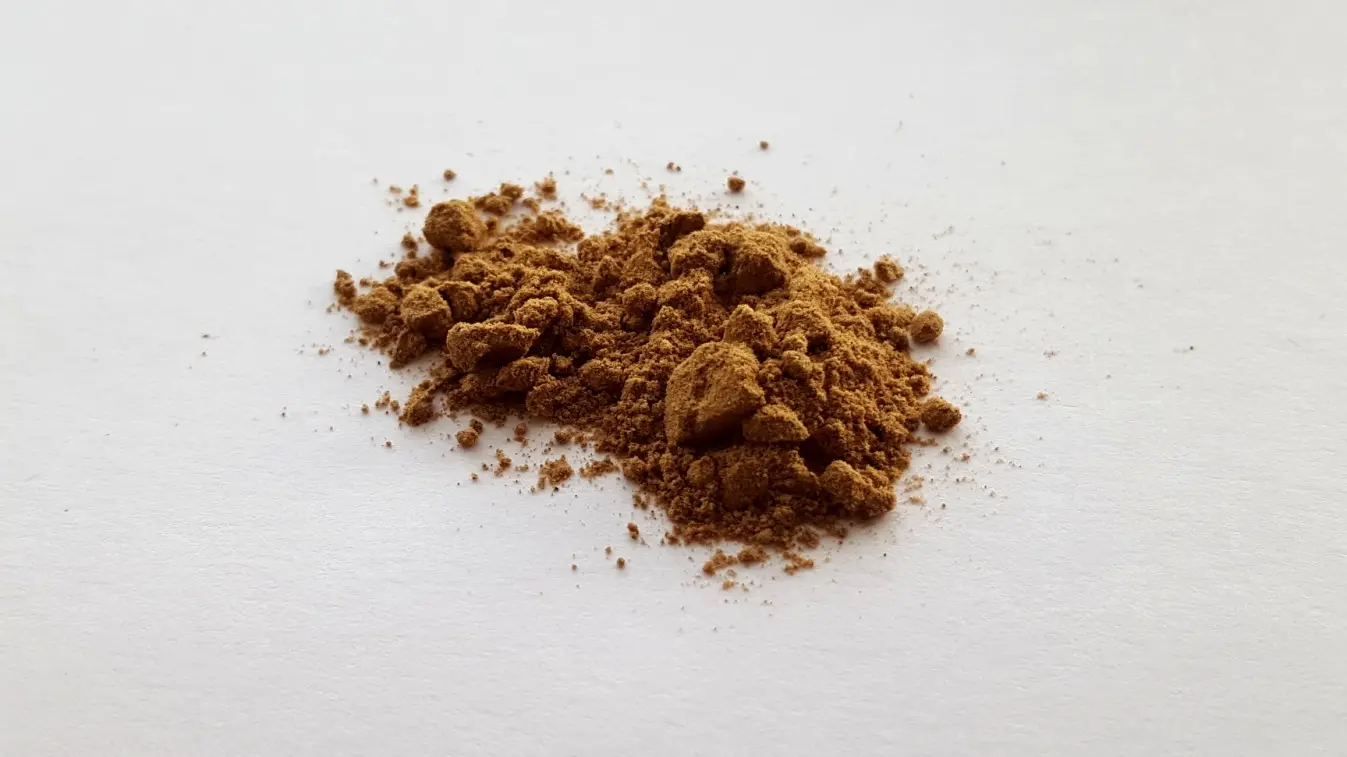Guarana #
| Binomial / Botanical Name | Paullinia Cupana |
| Street Names | Guarana |
| Major Active Compound | Caffeine; Theophylline; Theobromine |
| Indigenous Source | S America |
| Form | Powdered Berries/Seeds |
| RoA | Oral |
| Personal Rating On Shulgin Scale | +* |

SUBJECTIVE EXPERIENCE #
As a caffeine containing stimulant, guarana is well known as an ingredient of a number of popular energy drinks. Stand-alone, rather like coffee (and unlike regular tea) the seeds/fruit from the plant are brewed rather than the leaves. The plant itself is native to the Amazon basin and is particularly common in Brazil.
My brown paper packet, as delivered by Amazon (Inc), states that “its main ingredient is guaranine, chemically similar to caffeine”. On a similar theme, Erowid describes the plant as a rainforest shrub whose seeds contain “high levels of caffeine and other xanthines”. Certainly, its caffeine content is known to be much higher than coffee, but will the other contents make a difference to its psychoactive effects?
On opening, the first thing I notice is the kratom-like smell: pungent and not particularly pleasant. The light brown powder is finely ground and falls easily out of the packet.
In terms of dosage the vendor suggests adding “up to 3g per day to water, juice or a smoothie”. The per day is something of a moot point for my single sitting, as websites like Livestrong and RxList refer to individual doses of well under 1g, whilst Holland & Barrett capsules each contain 900mg.
I have seen some extremely high doses anecdotally cited on Internet forums (e.g. 10g), but given the caffeine content alone I believe this to be somewhat reckless. After consideration I elect to roll with 2g, which I expect will be more than enough.
T+0:00 I prepare a cup of hot water (not boiling) and weigh 2g of the powder. Pouring this into the cup I stir vigorously, and then start to sip. The earthy taste isn’t wonderful but it is certainly tolerable. [9:20am]
T+0:10 As I drink the last of the residue I can already feel a mild head buzz coming on: it’s not jittery but is a definite hit.
This does have the characteristics of caffeine but with less edge.
T+0:40 With an unsettled night I was tired this morning. Underneath the pleasant head buzz I still am, but this is no longer as intrusive as it was.
T+1:15 The stimulation has now settled, and manifests as a background awareness rather than an overt or obvious excitation. There is a presence in play, and I can feel a sense of clarity when I focus upon it, but this isn’t noticeable if I engage in thought or activity.
How does it compare to a regular caffeine based tea or coffee? Whilst it is not substantial there is a subtle difference in mental acuity, and I do sense that focus may be easier to sustain. The stimulation itself does appear to be gentler.
Whilst much of this is no doubt subjective, given that I had quite a significant dose the lack of restlessness and jitter is certainly a positive.
T+3:30 The effects have now wound down to the extent that I am again tired and feeling the impact of that lack of sleep.
T+5:00 My return to base was sufficient such that my afternoon nap passed without problem. I am feeling well, and back to normal for this time of the day.
This was quite a refreshing change from my usual caffeine based drinks. It seemed smoother in some ways, even though it was stronger, and it didn’t distract from my normal activities.
Would I drink it instead of tea or coffee? Convenience and habit say no. However, if it was offered as an option in a coffee shop, for example, I would select it, at least for a change.